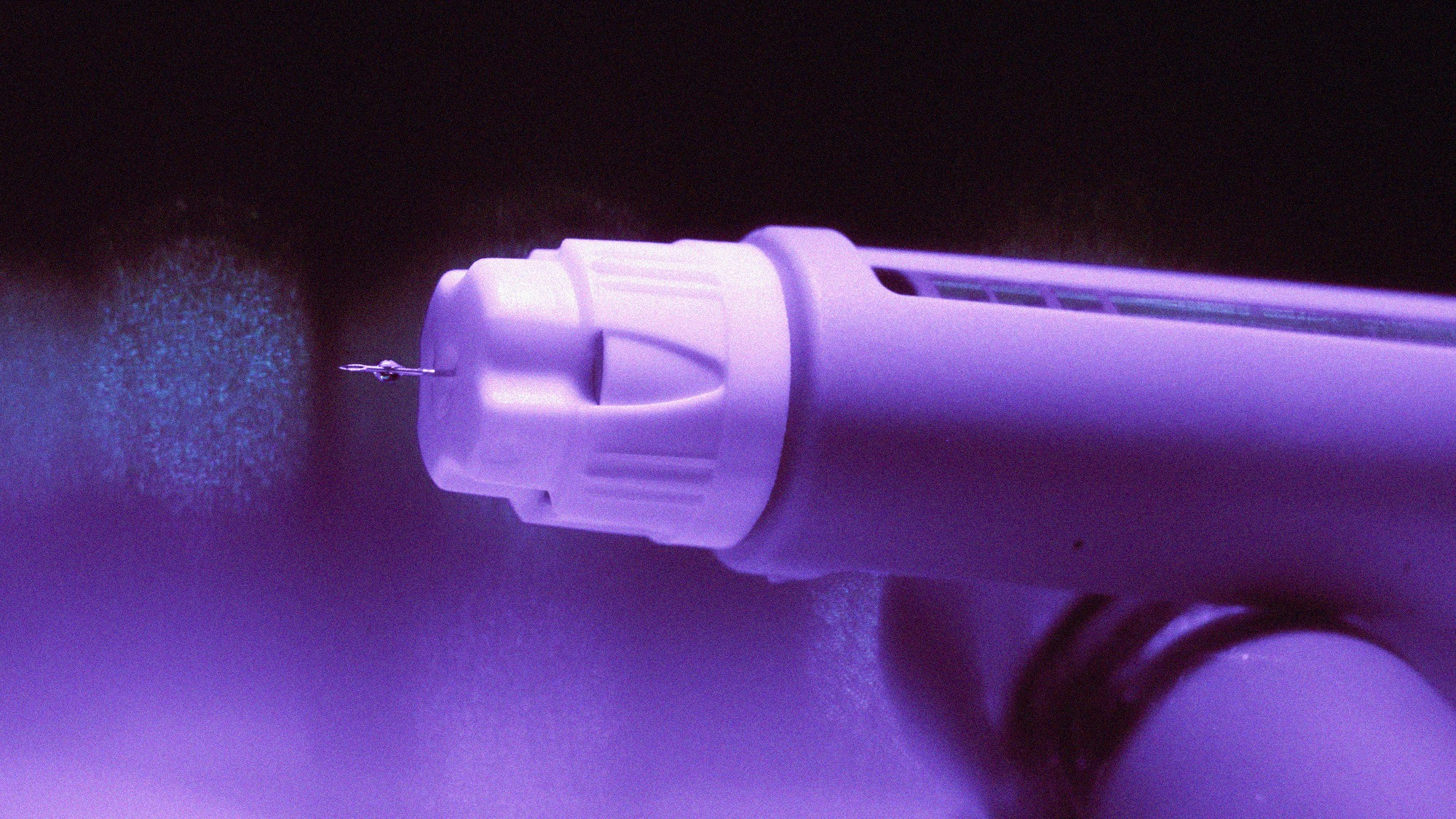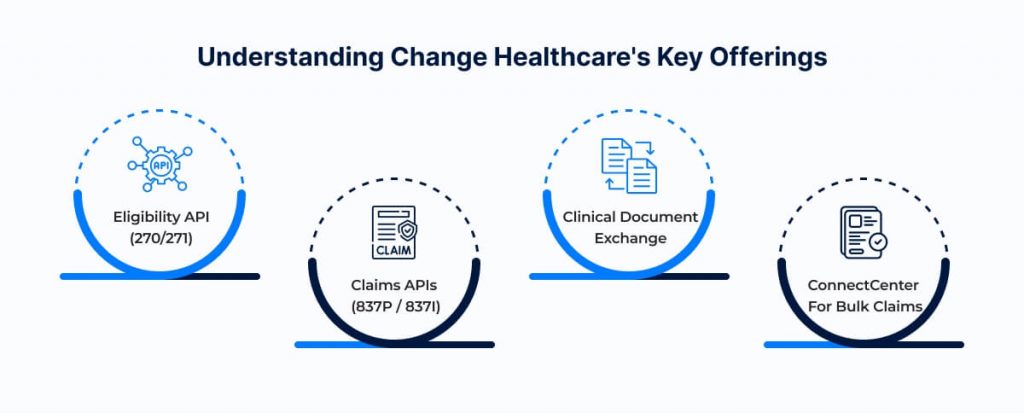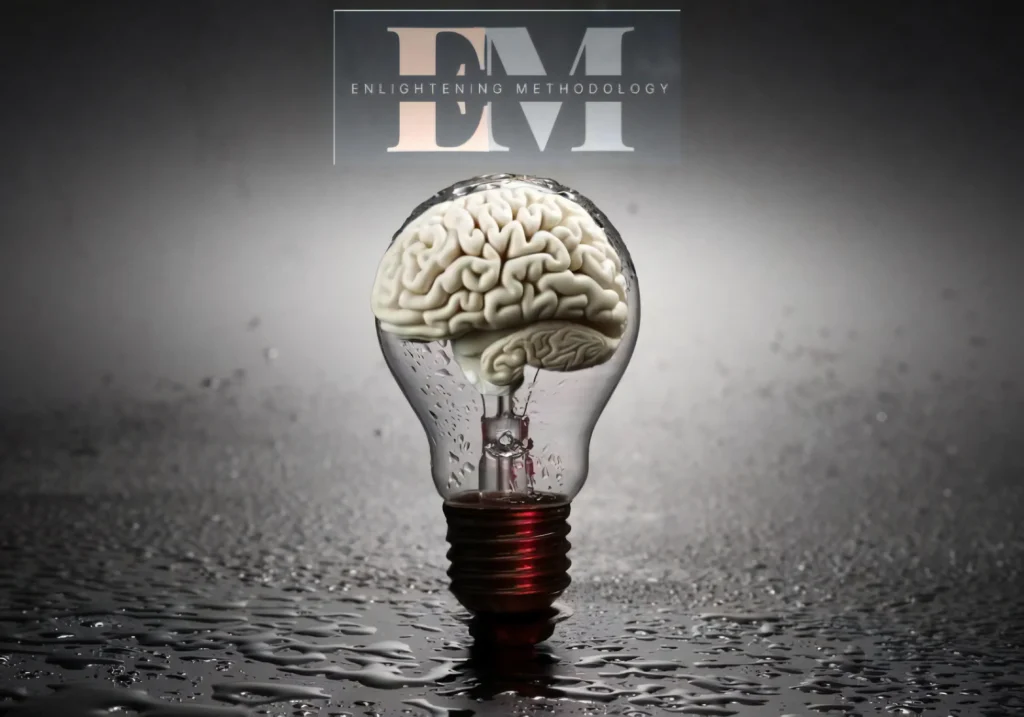Patient safety is very important in healthcare places. Hospitals have to keep patients safe, especially those who might wander off, like people with dementia or memory problems. Studies say about 60% of people with dementia leave the hospital or care center without permission, which can be dangerous.
Patient tracking systems, such as INTRAX by Intelligent Locations, use indoor positioning to track patients inside hospitals at all times. This technology helps staff watch patients who need extra care. Real-Time Location Services (RTLS) tell workers where patients are, so they can respond quickly if a patient goes somewhere they should not.
by Intelligent Locations, use indoor positioning to track patients inside hospitals at all times. This technology helps staff watch patients who need extra care. Real-Time Location Services (RTLS) tell workers where patients are, so they can respond quickly if a patient goes somewhere they should not.
These systems send alerts instantly when a patient tries to enter restricted areas or leave the hospital. Staff get notified right away and can help the patient return to a safe place. This helps prevent patients from wandering off and getting hurt. By tracking movement automatically, these systems lower the amount of manual watching staff must do, which can be tiring and sometimes prone to mistakes.
Improving Patient and Visitor Experience with Digital Wayfinding
Big hospitals and medical centers can confuse patients and visitors. They might have trouble finding the right clinic or department. This can cause worry, missed appointments, delayed treatments, and unhappy patients. Digital wayfinding tools that work with patient tracking help solve this problem by giving easy directions inside hospitals.
These tools provide clear step-by-step directions on maps displayed on kiosks, phones, or other devices. Patients and visitors can find their way around large hospital buildings without stress, saving time. For hospitals, these systems reduce the number of staff who need to give directions, allowing those workers to focus on patient care.
Clear directions also mean patients are less likely to miss appointments. When patients are sure they can get where they need on time, doctors and clinics see fewer no-shows and can keep up their schedules. This helps the hospital improve its service quality and patient satisfaction.
Operational Efficiency Gains from Patient Tracking Technology
Patient tracking systems help not only with safety and satisfaction but also with running hospitals more smoothly. Real-time tracking lets managers watch how patients move through the hospital, find slow spots, and make better use of resources. When patients move efficiently, waiting times are shorter and hospitals can see more patients.
Hospital leaders deal with many tasks like staffing, budgets, and following rules. Knowing where patients gather helps improve cleaning schedules, adjusts staff numbers in wards, and speeds up emergency responses.
Patient tracking can also connect with systems that track hospital equipment and monitor the environment. Having information all day and night helps hospitals make better choices and save money without lowering care quality.
AI and Workflow Automation in Patient Tracking and Healthcare Operations
Using artificial intelligence (AI) and workflow automation adds new benefits to patient tracking. AI can analyze complex data and predict problems, helping staff stop safety issues before they happen. It also helps improve patient flow and decision-making.
In clinical work, AI reduces unnecessary alerts that can overwhelm healthcare workers. Alert fatigue happens when clinicians ignore warnings because there are too many. Research shows AI can cut these alerts by 54%, so workers can focus on important patient issues like medicine mistakes or unexpected patient moves.
Workflow automation takes care of routine jobs like sending appointment reminders, checking patients in, and guiding them with digital directions. This lowers mistakes and frees up staff time. AI also routes alerts to the right staff with patient location info to speed up responses and improve care results.
AI systems can be trained with local data to work well in specific hospitals. Hospital managers can use this smart technology to improve staffing, meet regulations, and run hospitals better.
Balancing Technology with Human Factors
Even though patient tracking and AI tools offer many benefits, they can be hard to use if not designed well. Technology must fit easily into daily healthcare work. Hospital managers must choose systems that are simple for staff to learn and use.
Training and support for healthcare workers are important to avoid frustration and resistance to new tools. Systems that make staff work harder or require extra paperwork can cause more mistakes. Teamwork between IT, clinical leaders, and managers is needed to pick and set up technology that helps safety and efficiency without adding extra work.
Regulatory Compliance and Financial Stewardship Through Technology
Hospitals in the United States must follow many laws and rules about safety, privacy, and quality. Patient tracking systems help meet these requirements by keeping audit records, giving instant reports, and sending alerts that keep hospitals on track with policies.
These systems also help with budgeting and controlling costs. Hospitals can plan staffing based on how patients move and what happens inside. They can avoid costs from patients wandering off or people getting lost inside the building.
The Centers for Medicare & Medicaid Services (CMS) offer safety guides like SAFER from the Agency for Healthcare Research and Quality (AHRQ) that help hospitals use technology safely.
Workforce Implications and Staff Retention
Healthcare faces challenges with staff shortages and burnout. Patient tracking systems help by reducing the need for staff to watch patients all the time or give directions. This lets staff spend more time caring for patients and helps lower their stress.
Smart scheduling based on patient tracking data keeps workloads balanced. This helps keep skilled workers and creates a better work environment. Efficient hospital operations also help lower infection rates and improve patient care.
Healthcare managers find that using these systems as part of staff training and work plans helps hospitals run better over time.
Future Outlook on Patient Tracking Technology in Healthcare
As healthcare changes in the United States, patient tracking systems will be more important for safety, patient experience, and smooth operations. Trends like telehealth, preventive care, and personalized medicine mean hospitals will depend more on data.
New tools, including AI, machine learning, and internet-connected devices, will improve what patient tracking systems can do. Predictive tools could one day warn doctors about patients who might have problems before they happen. These systems will also share information smoothly across different health records and care teams.
Hospital and clinic leaders should think carefully about how patient tracking fits into their overall technology plans. Choosing systems that grow and fit with what they already use will help them keep meeting rules and care standards.
Summary
In hospitals across the United States, patient tracking systems help keep patients safe by preventing them from leaving or wandering, especially those with dementia. They also make it easier for patients and visitors to find their way, reduce staff work with automation, and improve hospital operations by tracking patient movements in real time.
Adding AI and automation makes these systems more effective by cutting down unnecessary alerts, helping quick decisions, and using resources better. Hospital leaders have some challenges when putting this technology in place but gain better compliance with rules, save money, and keep staff happier.
For healthcare managers and IT staff, using patient tracking tech is a smart step toward safer and more effective care. These tools work with data and staff skills to help get better results for patients.
Frequently Asked Questions
What is the main purpose of INTRAX by Intelligent Locations?
by Intelligent Locations?
INTRAX simplifies wander management by tracking and locating patients to minimize elopement risk, ensuring patient safety and enabling quick staff intervention.
simplifies wander management by tracking and locating patients to minimize elopement risk, ensuring patient safety and enabling quick staff intervention.
How does indoor positioning enhance patient navigation?
Indoor positioning provides accurate, turn-by-turn navigation and detailed maps of the facility, helping patients navigate the hospital effectively.
What are the benefits of real-time tracking in healthcare?
Real-time tracking ensures that patient locations are known at all times, enhancing safety and enabling swift responses to unplanned movements.
How do instant alerts improve patient safety?
Instant alerts notify staff if a patient enters unauthorized areas or attempts to leave designated zones, allowing immediate intervention.
What role does proactive intervention play in wander management?
Proactive intervention through staff alerts enables timely redirection of wandering patients, minimizing the risk of elopement.
How does digital wayfinding affect patient experience?
Digital wayfinding reduces visitor and patient anxiety, improves their overall experience, and allows staff to focus on critical tasks.
What is the impact of patient tracking on staff workload?
Patient tracking helps reduce the burden on staff to provide directions, allowing them to manage their response more efficiently.
How can digital wayfinding contribute to reducing no-shows?
By improving navigation and reducing anxiety, digital wayfinding can help recover revenue lost due to patient no-shows.
What are the additional benefits of implementing INTRAX ?
?
INTRAX provides improved safety, patient satisfaction, asset tracking, environmental monitoring, and enhances overall hospital efficiency.
provides improved safety, patient satisfaction, asset tracking, environmental monitoring, and enhances overall hospital efficiency.
How does effective wander management influence healthcare provider peace of mind?
Effective wander management ensures that providers feel more secure about patient safety, thus reducing anxiety for both healthcare staff and families.
The post The Importance of Patient Tracking Systems in Modern Healthcare: Balancing Safety, Satisfaction, and Operational Efficiency first appeared on Simbo AI – Blogs.






